Last week, the Lebanese government instructed the army to prepare a plan for the disarmament of all armed militias, led by Hezbollah, by the end of the current year. The decision was made in accordance with the “Barak Framework” proposal, presented by U.S. envoy Thomas Barak, which sets an ambitious target: the disarmament of Hezbollah by the end of 2025, alongside security arrangements, economic assistance, a complete halt to Israeli strikes in Lebanon, and Israel’s withdrawal from the five positions it has built in south Lebanon. While the initiative aims to create the potential for a significant shift in the balance of power in the north, the plan raises a series of essential questions regarding its feasibility, its implementation mechanisms, and the risks it entails.
Essence of the Plan and Proposed Stages
According to reports, within two weeks the government will decide upon:
- Within 60 days – disarmament of light and medium weapons, alongside Israel’s withdrawal from three positions and the release of Hezbollah prisoners by Israel.
- Within 90 days – completion of the withdrawal from all five Israeli positions established after the ceasefire on the Lebanese side of the border.
- Within 120 days – disarmament of heavy weapons, including missiles and UAVs. By this stage Israel will cease all attacks against Hezbollah or other groups in Lebanon.
In addition, according to reports, Lebanon is guaranteed security assurances from the United States and France, annual funding of over one billion dollars for a decade for the Lebanese Armed Forces, and joint action against drug smuggling. One of the central components is also the demarcation of the border between Lebanon and Syria—a border of approximately 400 kilometers that has never been formally marked and has no physical barrier.
Disarmament Definition and Implementation considering Past Experience
The first challenge of the framework lies in the question of definition: what will be considered “disarmament”? Does it mean the complete removal of all weaponry—including searches in “private property” within civilian areas, where Hezbollah hides large portions of its arsenal, including weapon production facilities, while using Lebanese civilians as human shields?
So far, the Lebanese Armed Forces (LAF) have refrained from entering these areas in order to disarm Hezbollah in southern Lebanon. In addition, although the LAF reported last March that it had located approximately 500 weapons depots in southern Lebanon, very little evidence has been published in the media regarding the weapons found. It is unclear what weaponry was involved, and it appears that much of it is non-operational.
Moreover, the IDF has so far submitted to the ceasefire implementation mechanism reports of approximately 1,300 Hezbollah violations of the ceasefire and requested LAF enforcement in about 700 of them. Roughly two-thirds were reported as handled by the army. Bottom line: there appears to be cooperation between Lebanese army officers and Hezbollah in concealing weaponry—following the same patterns as before the war.
Another critical issue is the fate of the weapons collected—will they be destroyed under international supervision, or will they eventually be returned to Hezbollah? We know of numerous cases in the past in which the Lebanese Armed Forces returned weapons they had located to Hezbollah. It is unclear whether the Barak Framework addresses this question.
The names of some senior LAF officers who cooperate with Hezbollah are known. They have been published in the media and are well-known in Lebanon. A confidence-building measure could be the dismissal of these officers. On August 11, there was a report of a single move regarding an army intelligence officer in the Beirut sector. If the report is accurate, it is a step in the right direction.
Another question concerns the disarmament zones. While the Barak Framework addresses the disarmament of Hezbollah throughout all of Lebanon, the Lebanese seek to focus first on southern Lebanon—south of the Litani River—at a maximum distance of about 27 kilometers from the Israeli border. These are the areas in which the Lebanese Armed Forces have operated on this issue until now. At the same time, Hezbollah is prioritized the building of military infrastructure north of the Litani, taking advantage of the difficulties south of the river.
Benchmarks and deadlines – A Reverse Order of Concessions
According to reports, the Israeli withdrawal would begin in the first stage, while the dismantling of heavy weapons would take place only at the end of the process. This creates a situation in which Israel provides early concessions—halting strikes and withdrawing from positions—without first securing its primary security demands. From an Israeli perspective, this structure is dangerous, as past experience shows that full implementation of Lebanese commitments in this field has been rare.
Moreover, if restrictions are placed on Israeli strikes—which have numbered nearly 500 airstrikes since the start of the ceasefire—Hezbollah will be able to rehabilitate itself without interference.
The IDF’s activity in Lebanon since the ceasefire has been the main factor delaying Hezbollah’s recovery in recent months. The strikes have damaged Hezbollah’s efforts to build facilities for the production of UAVs and precision missiles, including in Beirut, to smuggle weapons across the Syrian-Lebanese border, and to restore personnel readiness and terrorist infrastructure in southern Lebanon.
Hezbollah’s Rejection on the Barak Framework
Hezbollah’s opposition, in particular that of its five Shiite ministers in the government, to its disarmament is absolute, and they left the cabinet meeting in protest. For Hezbollah, weapons are not merely a means but an integral part of its identity, as reflected in its official emblem, which features both a rifle and a globe (see Alma Center’s detailed report on this subject)
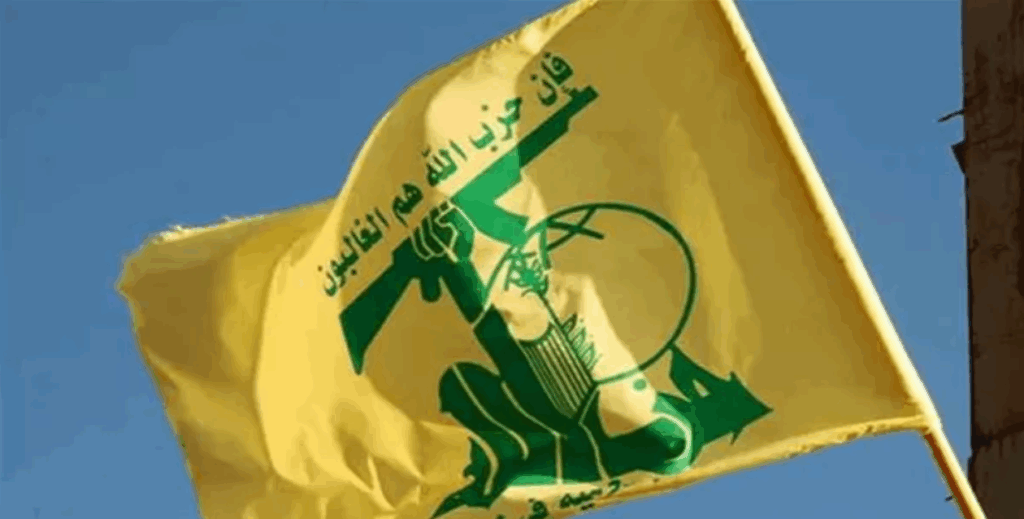
For several months, Hezbollah has been conducting a counter-campaign against the discourse on disarmament, aimed at bolstering its legitimacy to keep its weapons. It reiterates that it will not disarm, using the message: “We will die before we give up our weapons.” According to Hezbollah, the Lebanese Armed Forces are incapable of confronting Israel, making it essential to preserve Hezbollah’s arsenal. These messages come from the highest levels within Hezbollah—both the new Secretary-General, Naim Qassem, and the head of the “Loyalty to the Resistance” party in the Lebanese parliament, Mohammad Raad.
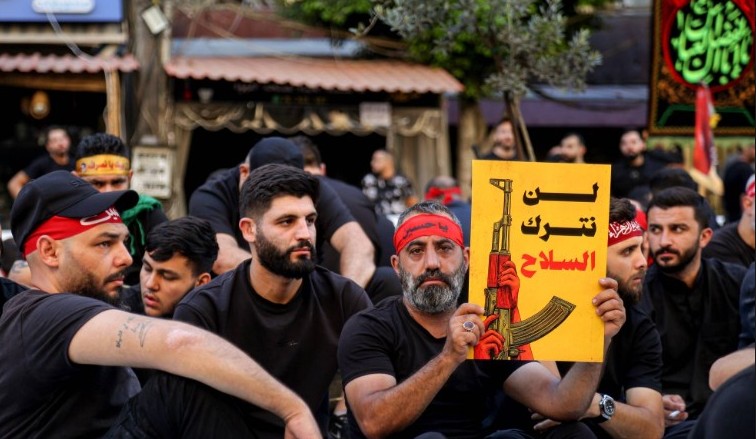
At the same time, Iran continues its support for Hezbollah and has made it clear that disarmament is out of the question. Iranian officials have been meeting with senior figures in the Lebanese government to draw red lines. A step in the right direction would be for the Lebanese government to refuse to meet with these Iranian officials. Initial reports of such a stance emerged in connection with the visit of Ali Larijani, head of Iran’s Supreme National Security Council, who is arriving in the region.
Complementary Measures – Beyond the Physical Collection of Weapons
The disarmament of Hezbollah cannot be limited to the collection of weaponry alone. The process must be accompanied by economic, legal, and social measures that will undermine its infrastructure as a “state within a state” and effectively end the absurd situation in which Hezbollah is designated as a terrorist organization in many countries worldwide, but not in Lebanon.
A clear example is the closure of its funding institutions, foremost among them the “Al-Qard al-Hassan” association, which provides financial services to Hezbollah’s Shiite base in Lebanon. Although Al-Qard al-Hassan is designated as a terrorist entity in the US, in Lebanon, the move is legally and politically complex and requires a government decision. Without cutting off its sources of funding, Hezbollah’s ability to rebuild its power will remain intact.
Additional steps should include closing Hezbollah’s education and health systems, eliminating its activity in student unions, labor unions, and local councils, and dismantling the network of services it operates for the population—which serves as its civilian support base and enables it to use Shiites in Lebanon as human shields, while Hezbollah’s weapons are hidden in their homes.
Conclusion – Turning Commitments into Action
Since Lebanon’s official leadership wishes to avoid a civil war (Lebanon has experienced two such wars in the past), it declares a preference to dismantle Hezbollah’s weaponry gradually and through dialogue, avoiding violent confrontation. This situation creates ongoing tension between the desire to maintain internal stability and the international demand for the state’s full sovereignty.
Israel, well-versed in disappointments from Lebanese promises and from international frameworks that were never truly enforced, maintains that any disarmament process must be based on clear, proven, and enforceable measures, with effective monitoring mechanisms, benchmarks and reversed timelines—granting concessions only after tangible implementation on the ground.
Only a combination of the physical dismantling of weaponry and sustained damage to Hezbollah’s economic, social, and military infrastructures can bring about a genuine shift in the balance of power in Lebanon and ensure Israel’s long-term security.


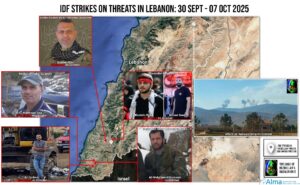
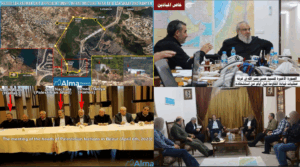
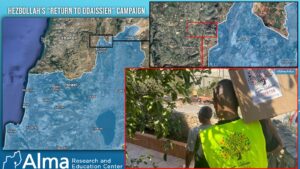
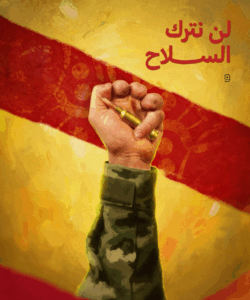
2 Responses
Seems like Israel always allows itself under pressure from the U.S. to yield strategic advantage gained thru blood and treasure for promises of security that are never delivered. This results in kicking the can down the road, tying Israel’s hands along with Israeli retreat, thus ensuring future conflagrations. Does it have to always be this way?
Dear Sarit,
We must learn from past mistakes, and not proceed on a path of funded collective deception, delusion and self destruction. The following are non-negotiable requirements before any Israeli withdrawal can even be considered:
1. Hezbollah must be designated as a terrorist force of destabilization by Lebanon, along with Hamas and all other terrorist groups.
2. All Hezbollah and UN forces, both military and so called “humanitarian” must be totally defunded, dismantled and eliminated from the Lebanese government, army and territory.
3. ALL cooperation between the LAF and Hezbollah or other terrorists such as Hamas must cease and desist immediately. Violators must be executed by hanging or firing squad, without exception for rank or status.
4. Terrorism ties with Hezbollah, or any other terrorist group or terrorist regime, must be defined as illegal by enforceable laws.
5. Hezbollah and all other terrorists must be disarmed, and all weaponry destroyed under verifiable supervision of USA and Israeli military.
These are non-negotiable prerequisites before any Israeli troop withdrawals will even be considered. The days of tolerance of terrorism are Over and Gone. The Israeli Northern border will forevermore be secured with or without the LAF or UNIFIL. Past history is a record of total failure by both and will never again be repeated.